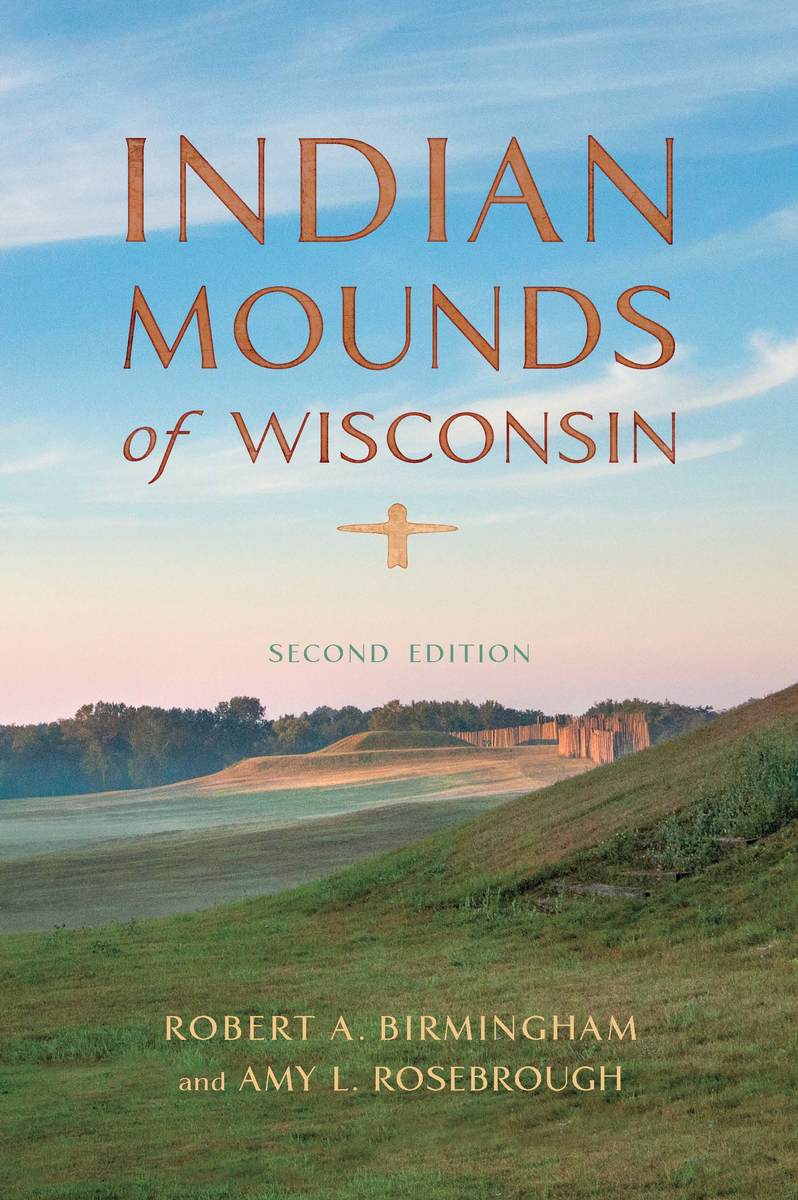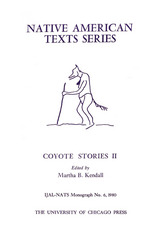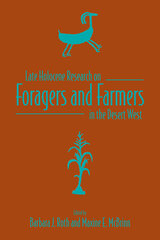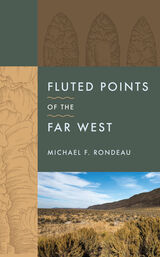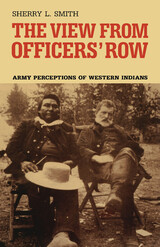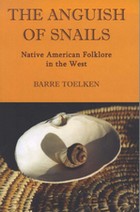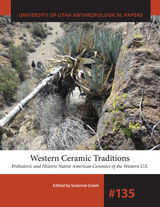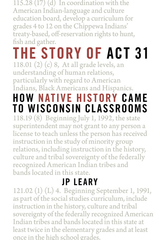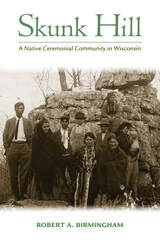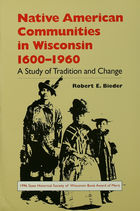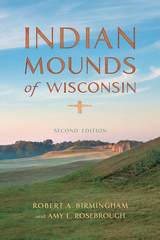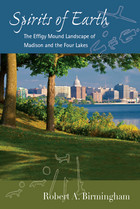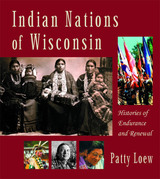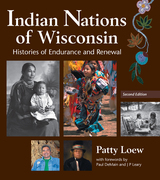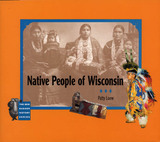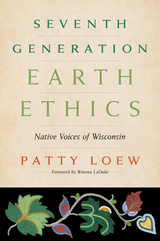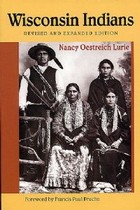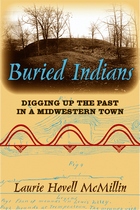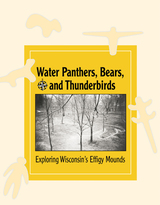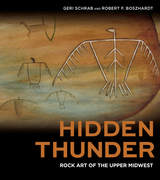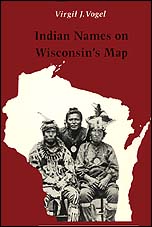Indian Mounds of Wisconsin
University of Wisconsin Press, 2017
eISBN: 978-0-299-31363-0 | Paper: 978-0-299-31364-7
Library of Congress Classification E78.W8B57 2017
Dewey Decimal Classification 977.501
eISBN: 978-0-299-31363-0 | Paper: 978-0-299-31364-7
Library of Congress Classification E78.W8B57 2017
Dewey Decimal Classification 977.501
ABOUT THIS BOOK | AUTHOR BIOGRAPHY | REVIEWS | TOC | REQUEST ACCESSIBLE FILE
ABOUT THIS BOOK
More mounds were built by ancient Native Americans in Wisconsin than in any other region of North America—between 15,000 and 20,000, at least 4,000 of which remain today. Most impressive are the effigy mounds, huge earthworks sculpted in the shapes of thunderbirds, water panthers, and other forms, not found anywhere else in the world in such concentrations. This second edition is updated throughout, incorporating exciting new research and satellite imagery. Written for general readers, it offers a comprehensive overview of these intriguing earthworks.
Citing evidence from past excavations, ethnography, the traditions of present-day Native Americans in the Midwest, ground-penetrating radar and LIDAR imaging, and recent findings of other archaeologists, Robert A. Birmingham and Amy L. Rosebrough argue that effigy mound groups are cosmological maps that model belief systems and relations with the spirit world. The authors advocate for their preservation and emphasize that Native peoples consider the mounds sacred places.
This edition also includes an expanded list of public parks and preserves where mounds can be respectfully viewed, such as the Kingsley Bend mounds near Wisconsin Dells, an outstanding effigy group maintained by the Ho-Chunk Nation, and the Man Mound Park near Baraboo, the only extant human-shaped effigy mound in the world.
Citing evidence from past excavations, ethnography, the traditions of present-day Native Americans in the Midwest, ground-penetrating radar and LIDAR imaging, and recent findings of other archaeologists, Robert A. Birmingham and Amy L. Rosebrough argue that effigy mound groups are cosmological maps that model belief systems and relations with the spirit world. The authors advocate for their preservation and emphasize that Native peoples consider the mounds sacred places.
This edition also includes an expanded list of public parks and preserves where mounds can be respectfully viewed, such as the Kingsley Bend mounds near Wisconsin Dells, an outstanding effigy group maintained by the Ho-Chunk Nation, and the Man Mound Park near Baraboo, the only extant human-shaped effigy mound in the world.
See other books on: Birmingham, Robert A. | Earthworks (Archaeology) | Indigenous | Mounds | Wisconsin
See other titles from University of Wisconsin Press
